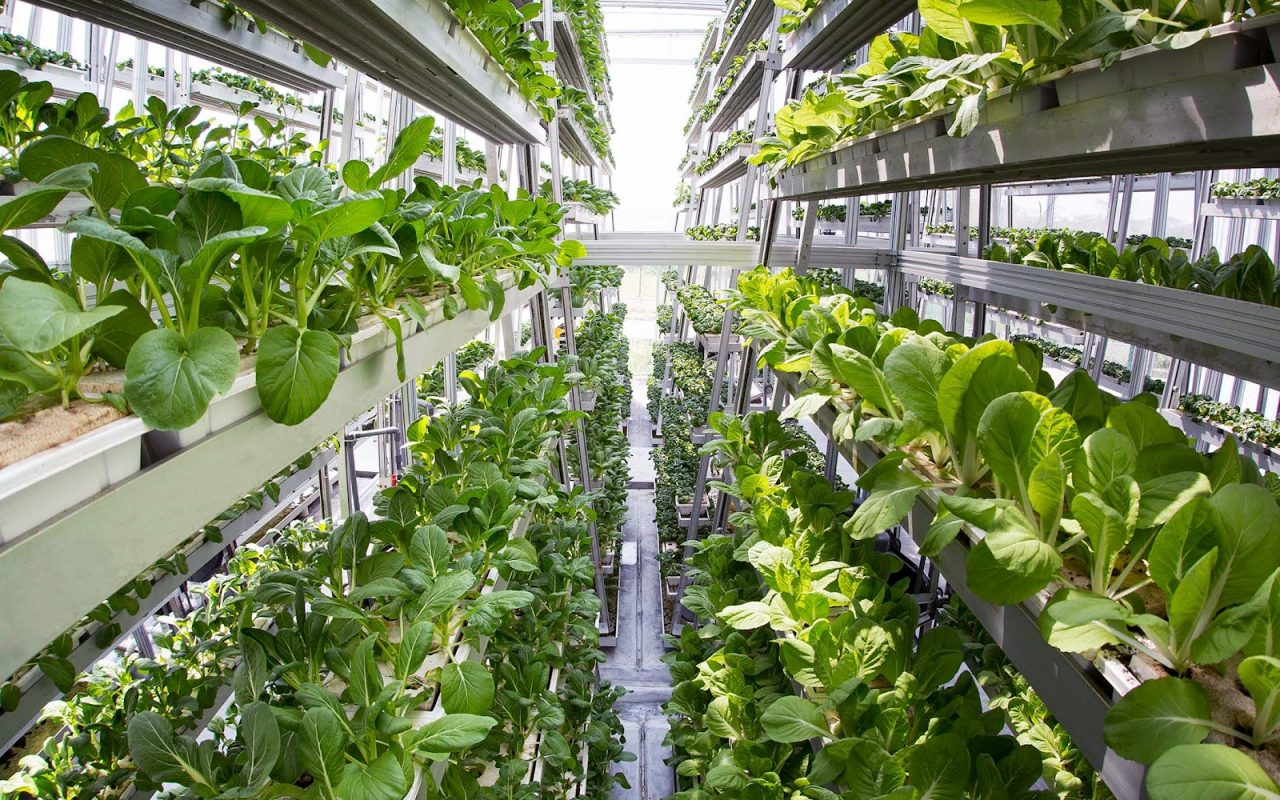YETRAC
Vertical Farming: A Sustainable Agriculture Revolution
Vertical Farming: A Sustainable Agriculture Revolution
Vertical farming is transforming the way we grow our food by moving it upwards instead of outwards. This innovative practice involves cultivating crops in vertically stacked layers, making it an eco-friendly, space-efficient, and sustainable alternative to traditional farming. In this article, we will explore the concept of vertical farming, its techniques, advantages, challenges, and its potential to revolutionize agriculture.
The Rise of Vertical Farming
Vertical farming takes farming to new heights, quite literally. This concept, which emerged in the late 20th century, incorporates controlled-environment agriculture and soilless farming techniques like hydroponics, aquaponics, and aeroponics. Vertical farms can be housed in various structures, including buildings, shipping containers, tunnels, and even abandoned mine shafts. As of 2020, there were approximately 30 hectares (74 acres) of operational vertical farmland worldwide.
The modern concept of vertical farming was first proposed in 1999 by Dickson Despommier, a professor at Columbia University. His idea involved designing skyscraper farms that could potentially feed tens of thousands of people. Although this ambitious design has not been realized, it popularized the notion of vertical farming.
Advantages of Vertical Farming
- Increased Crop Yield: Vertical farming offers significantly higher crop yields per unit area compared to traditional farming. This is possible due to precise control over environmental conditions and year-round cultivation.
- Crop Diversity: Unlike traditional farming, vertical farming allows the simultaneous cultivation of a wide variety of crops, as they don’t compete for the same plots of land. This increases food diversity and choice.
- Resistance to Weather: Crops in vertical farms are sheltered from harsh weather conditions, reducing losses due to natural disasters and extreme weather events.
- Land and Resource Conservation: Vertical farming conserves land and natural resources. Up to 20 units of outdoor farmland can be returned to their natural state for each unit of vertical farming. This leads to less deforestation and desertification.
- Local Production: Vertical farms can be established in urban areas, reducing the need for long-distance transportation and ensuring fresh produce reaches stores faster.
Challenges of Vertical Farming
- High Startup Costs: Vertical farms face significant initial investment costs. The construction of vertical farming facilities can be expensive, which can impact profitability.
- Energy Consumption: Vertical farms require supplemental lighting, which can be energy-intensive. Depending on the energy source, this could lead to increased carbon emissions.
- Economic Viability: High-value crops must be grown in vertical farms to be economically viable. Competition from cheaper, traditional farming methods can pose financial challenges.
- Environmental Concerns: Vertical farming’s energy requirements could potentially require more land for energy production, thus negating its land conservation benefits.
- Waste Management: Disposing of wastewater, especially in hydroponic systems, can be a concern. Innovative waste treatment solutions are necessary to mitigate this issue.
The Future of Vertical Farming
Vertical farming continues to evolve and attract attention from investors, governments, and entrepreneurs worldwide. As the global population grows and urbanization increases, vertical farming offers a promising solution to meet the rising demand for fresh, sustainable, and locally grown produce.
The challenges, particularly in terms of energy use and startup costs, are areas where ongoing research and innovation are crucial. With further advancements, vertical farming has the potential to not only enhance food security but also contribute to environmental conservation and a more sustainable future for agriculture. Vertical farming is more than just a trend; it’s a critical component of the agricultural revolution.
In the coming years, as technology improves and practices become more efficient, we can expect to see vertical farming play a larger role in addressing global food security and sustainability challenges. This innovative approach to agriculture is helping to redefine the future of farming and our relationship with the environment.

